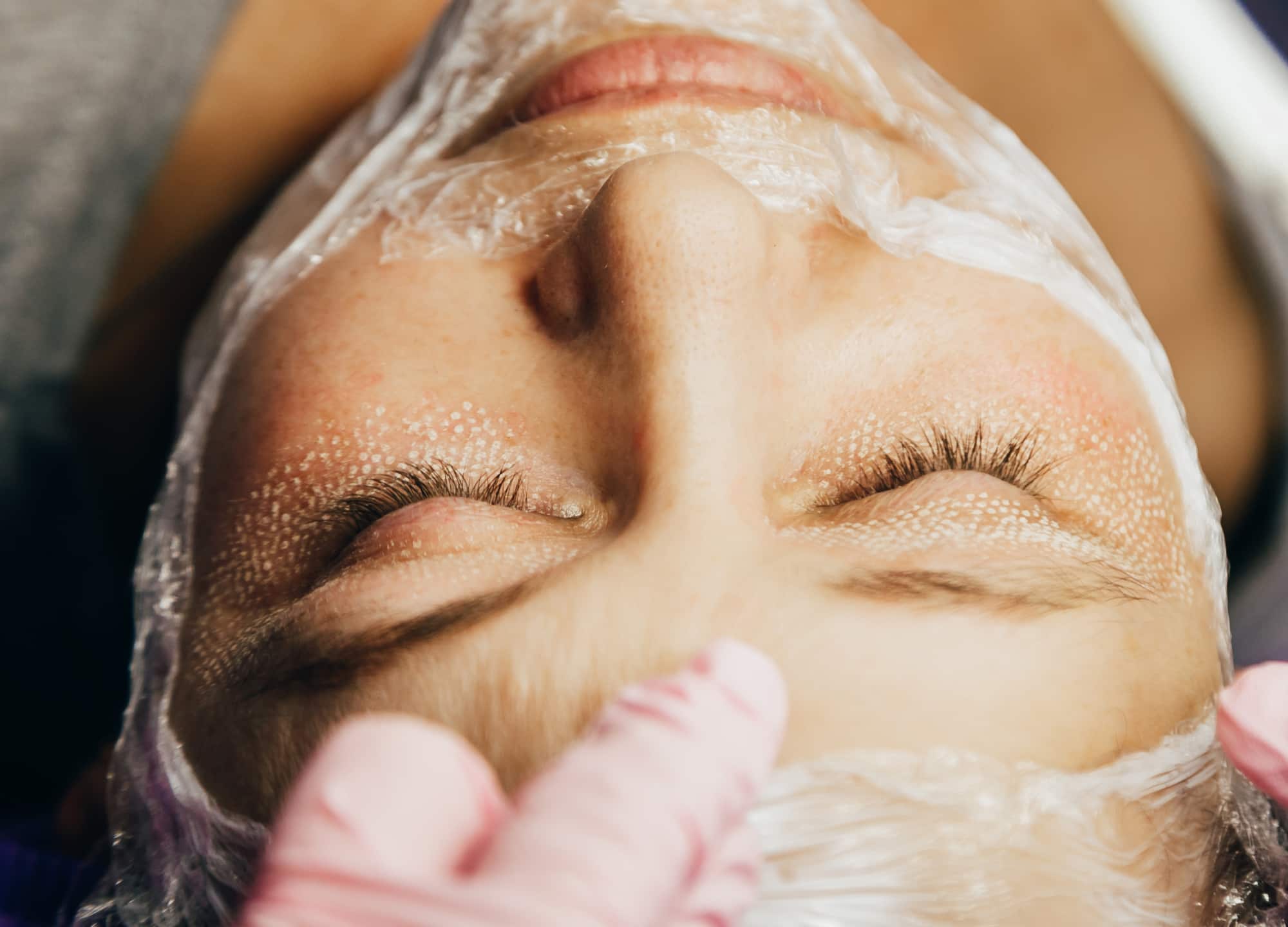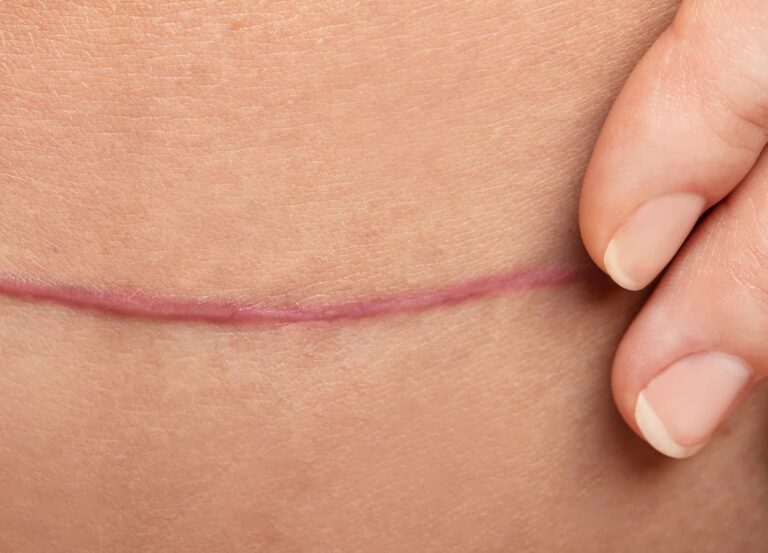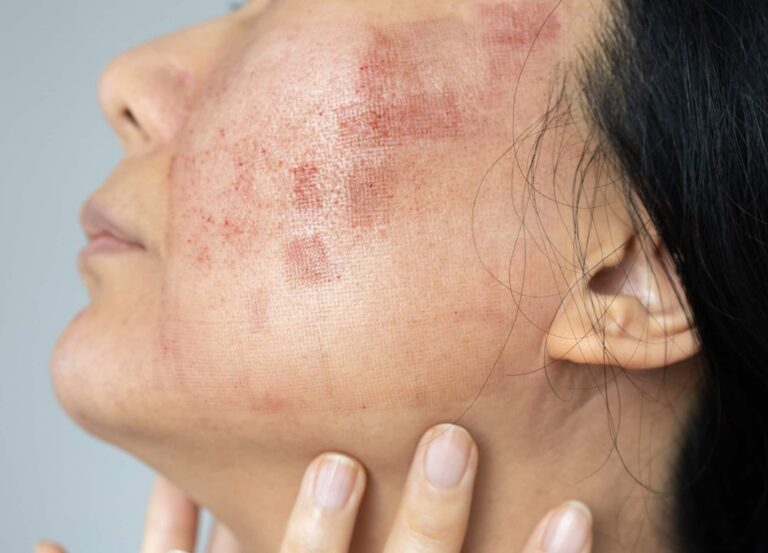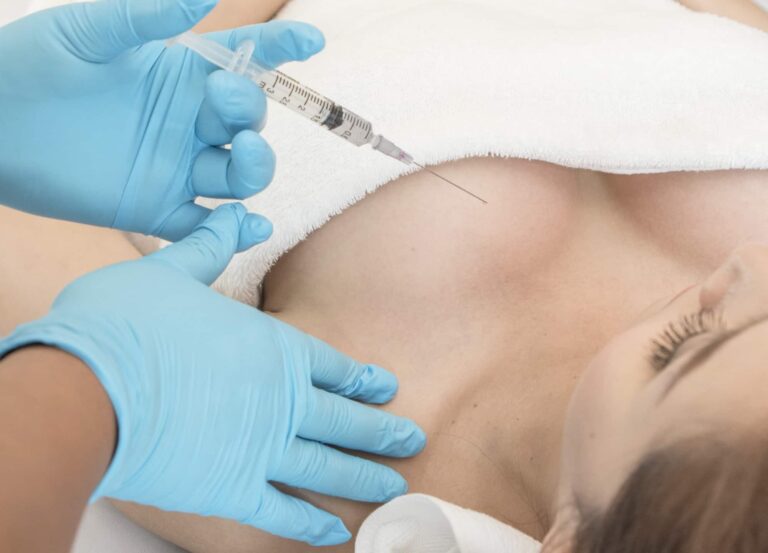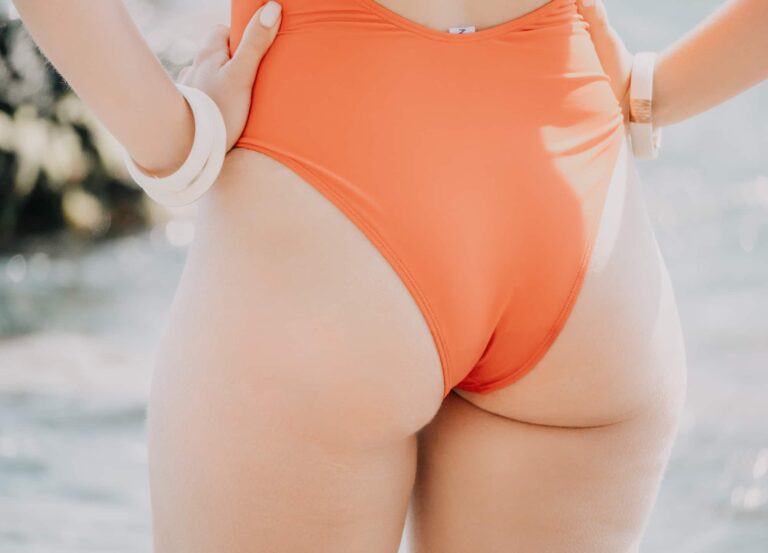Featured Experts
Dr. Jeremy Brauer, a board-certified dermatologist in New York City
Dr. Cameron Chesnut, a board-certified dermatologist in Spokane, Washington
Dr. Monika Kiripolsky, a board-certified dermatologist in Beverly Hills, California
A CO2 laser is the most aggressive type of skin resurfacing device out there, firmly in a class of its own. “CO2 lasers are ablative, causing true wounding to the skin. Other, non-ablative lasers and resurfacing procedures disrupt the epidermis, but it’s still left intact. With CO2 lasers, you’re intentionally causing controlled injury and open wounds,” explains New York City board-certified dermatologist Dr. Jeremy Brauer. That level of intensity directly correlates with increased efficacy; these lasers can deliver incredible results, albeit after a pretty significant period of healing.
And what you do—and don’t do—to your skin during this critical period will also directly impact the results. “A CO2 laser treatment is a financial investment. But you’re also investing your time and have to be committed to setting aside a week afterward. It’s important to do anything and everything to protect that investment,” Dr. Brauer notes.
It is worth mentioning that no two recovery periods are the same. Everything from the patient’s age to how aggressively the doctor uses the laser to the area of the face treated can impact the recovery process, says Dr. Cameron Chesnut, a board-certified dermatologist in Spokane, Washington. As always, it’s imperative to speak with your doctor beforehand about exactly what you can expect and what type of post-procedure care you’ll need. But as a general rule, the most acute healing phase takes about seven days, during which there are some universal CO2 laser recovery rules worth following.
Stock up on distilled water and white vinegar
These kitchen staples are paramount when it comes to post-laser care, making for a skin-saving solution that all of the experts we spoke with recommend. Why distilled water? According to Dr. Brauer, it’s important that it be as sterile as possible in order to minimize infection while the skin has actual open wounds. Why white vinegar? “It both constricts the blood vessels to help with itching and redness and is an antiseptic,” Dr. Chesnut explains. You can soak gauze pads in the mix and (very gently) press them onto your skin, although Dr. Chesnut cautions that even this can be too much mechanical trauma. Instead, he suggests combining the water and vinegar, in a one-to-one ratio, in a spray bottle that you can keep in the refrigerator and use to mist the treated area as needed throughout the day.
Take your oral meds
Oral meds after a skin procedure? Yes. Dr. Monika Kiripolsky, a board-certified dermatologist in Beverly Hills, California, says that oral antibiotics are commonly prescribed post-CO2 laser, as is valacyclovir, an antiviral that prevents cold sores. “Patients tell me they’ve never had a cold sore, but if you test everyone’s blood, there’s a high percentage of people who have been exposed to the herpes simplex virus and don’t know it,” she explains. Similarly, it’s worth discussing any medications you’re taking with your doctor pre-procedure. For example, it’s recommended to stop taking doxycycline beforehand, as it can increase sun sensitivity (the last thing you want after a laser), says Dr. Brauer.
Rethink your hair-care routine
Dr. Kiripolsky advises that you plan on keeping your hair pulled back and out of your face during the entire healing period; loose hair is yet another potential transmission medium for bacteria and ups the likelihood of infection. You can shower and wash your hair (just be careful not to let the water directly hit your face), but skip blow-drying for the first few days. Not only will your skin not be able to thermoregulate as well as it normally would, but any increased heat to the skin can also end up increasing inflammation and redness, thereby prolonging the healing process, cautions Dr. Chesnut. For this reason, he also advises that his patients avoid exercising and saunas for at least four to five days.
Moisturize—but do so carefully
Petrolatum-based occlusive ointments, such as Vaseline and Aquaphor, have long been the gold standard of laser aftercare, helping to create an environment conducive to healing. Skin cells slide over one another as the skin reepithelializes (aka heals), and they’re better able to do so when they’re lubricated, notes Dr. Kiripolsky. But there are some drawbacks. Dr. Chesnut notes that these ointments can sometimes be too occlusive, particularly in the first few days, trapping too much heat in the skin (see our previous point). He says that he often recommends pure, grass-fed beef tallow instead. “It’s a great option that both moisturizes and has a nice amount of anti-inflammatory fatty acids,” he explains. Dr. Kiripolsky points out that Aquaphor can also be too occlusive for those prone to acne, inadvertently causing more breakouts and potentially even acne scarring, the very thing CO2 lasers are often used to treat. She has her patients use the ointment for a few days, then switches them to Biafine, a cream that’s often used for burn victims. Point being, talk to your doctor about any other potential options. And if you are using Aquaphor or Vaseline, a thin layer is all you need.
Avoid the sun like the plague—and be careful about what sunscreen you use
Until those open wounds have closed up, Aquaphor (or whatever your doctor suggests instead) is the only thing that should go on your skin. That means sun avoidance is absolutely key. “You really should be either homebound, away from windows, or on your way to or from a follow-up appointment with your doctor. That’s it,” says Dr. Brauer. Once your skin has healed, you can use sunscreen, but all the doctors we spoke with agree that it’s best to opt for a physical/mineral formula. Chemical sunscreens work by penetrating the skin, absorbing UV rays and, subsequently, heat. “You want to minimize heat, not only to minimize inflammation and redness but also so that you can start to better gauge the progression of healing,” says Dr. Brauer. “We gauge this by the level of erythema, or redness, and it’s important that there not be any additional factors affecting this,” Dr. Brauer explains.
Replace your makeup
Just like with sunscreen, it’s okay to start using makeup again once your skin has healed—and you very likely will want to, as your skin may look red and pink for weeks afterward. While the risk of infection is admittedly highest during that first week, it’s still a good idea to buy new makeup and brushes to ensure that there aren’t any lingering contaminants in your favorite powder, says Dr. Kiripolsky.







